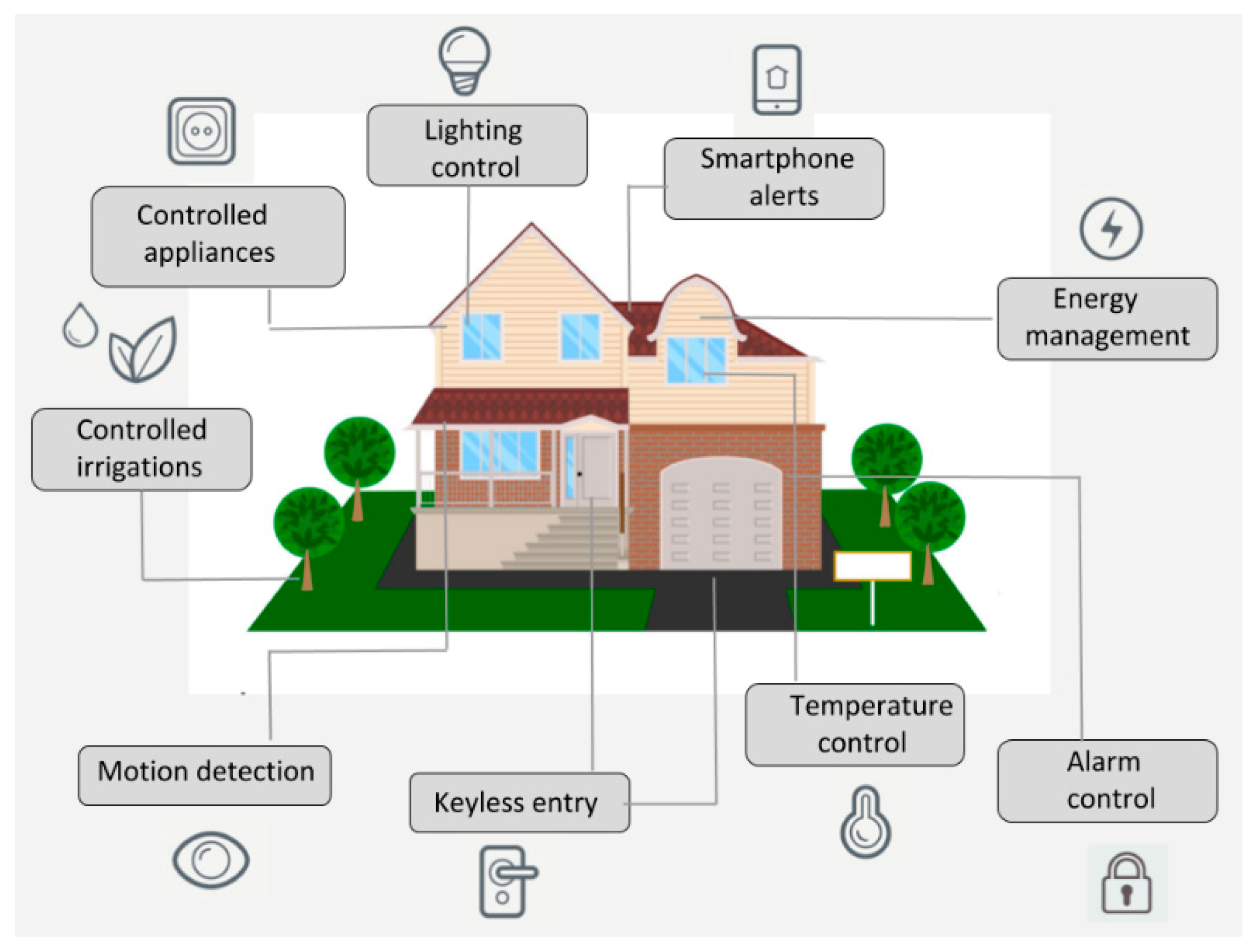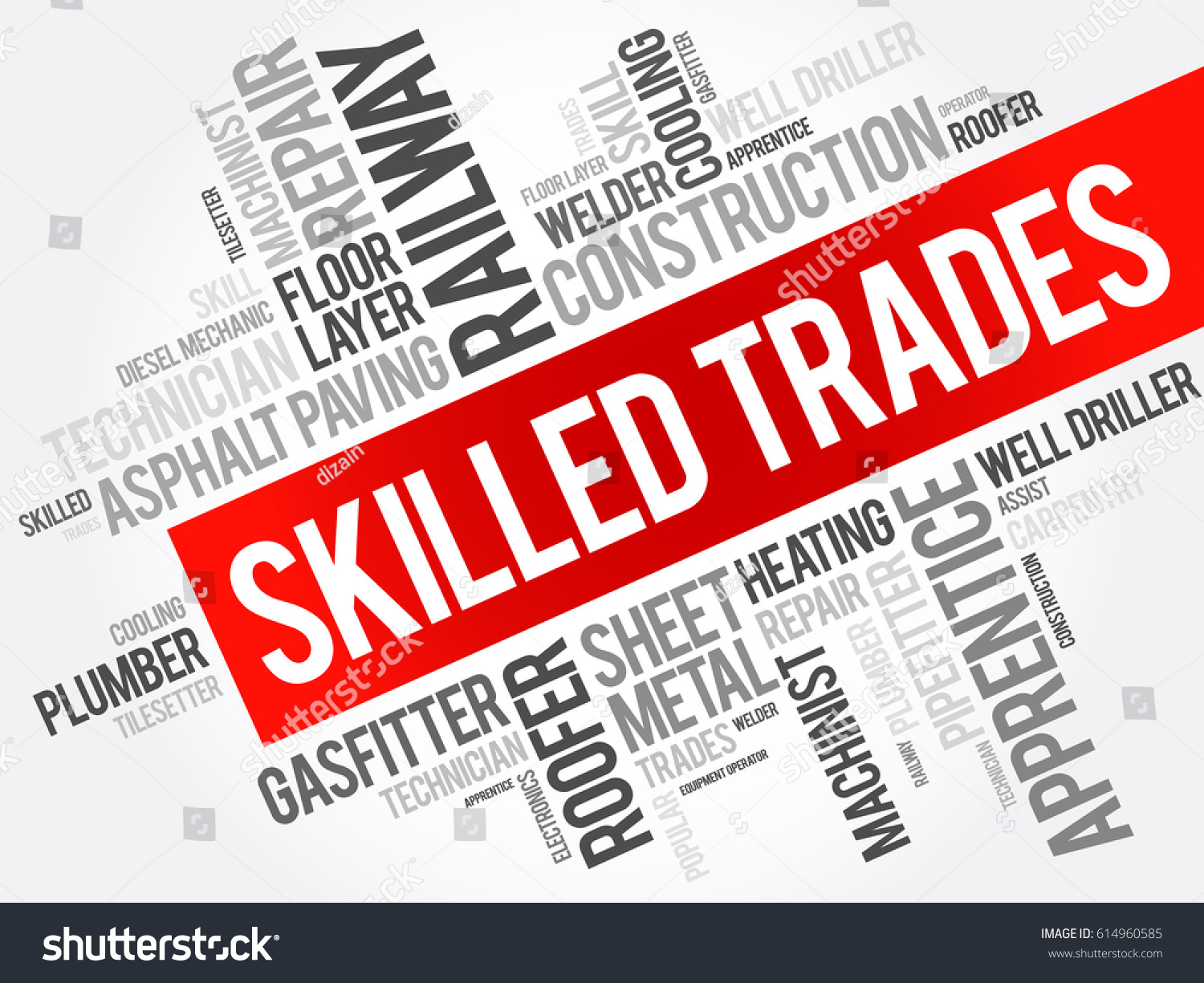Skilled Trades Careers: Specialized Paths in 2025
The skilled trades are changing. For years, people assumed you needed a college degree to build a solid career, but these hands-on professions are becoming the backbone of our economy and driving real innovation. With labor shortages creating over 650,000 unfilled positions this year and salaries rivaling white-collar roles, skilled trades careers offer real opportunity, room to specialize, and job security that can weather almost any economic storm 1. Let's explore where the skilled trades are headed and why now might be the perfect time to consider this route.

The Foundation of Skilled Trades Careers
Skilled trades form the backbone of modern infrastructure, services, and production. These careers fall into three primary sectors, each with distinct roles and training requirements.
Industrial Trades: Powering Manufacturing Innovation
Industrial trades focus on creating and maintaining machinery for consumer goods and industrial output. Roles like manufacturing technicians and welding specialists demand precision with CNC machines and robotic systems. For example, industrial electricians complete 3 to 4-year apprenticeships to master high-voltage systems in factories, ensuring safe automation workflows 2.

Service Trades: Meeting Modern Needs
Service trades offer artistry and practicality, think culinary technicians designing commercial kitchens or landscape architects creating sustainable outdoor spaces. Many roles, like certified HVAC inspectors or automotive detailing specialists, also cater to niche markets such as eco-friendly car restoration or historic property maintenance 21.

Construction Trades: Building Sustainable Futures
This sector employs electricians, plumbers, and HVAC technicians to shape residential and commercial spaces. Emerging roles like green construction managers combine traditional skills with sustainability expertise, overseeing projects certified by programs like LEED (Leadership in Energy and Environmental Design) 5.
Niche vs. Traditional Trades: Opportunity in Specialization
As technology reshapes industries, the line between traditional and niche skilled trades careers blurs. The key differences lie in training and growth potential.
Training: Breadth vs. Precision
Traditional trades like plumbing or carpentry use apprenticeships covering diverse scenarios, from fixing leaks to framing houses. In contrast, niche professions require hyper-focused training. Solar panel installers, for example, master photovoltaic systems through 6-month certification programs from organizations like the North American Board of Certified Energy Practitioners (NABCEP) 67.

Job Prospects: Stability Meets Innovation
Electricians benefit from steady demand due to aging infrastructure, with 68,100 new U.S. jobs projected by 2032 8. Meanwhile, niches like electric vehicle (EV) maintenance technicians thrive on emerging technologies. Take Luis Rodriguez, a former auto mechanic who retrained as an EV battery specialist through a 12-week course. He now earns $89,000 annually at a Detroit-based startup 910.
2025’s Top Advanced Trade Specialties
These high-demand roles bring together digital skills and practical, hands-on experience
Green Energy Technicians
Governments are investing $2.6 trillion in renewable energy by 2025, creating opportunities for wind turbine technicians (median salary: $63,000) and solar installers (median: $54,000) 1112. Certifications like the Global Wind Organisation (GWO) credential are now essential for offshore wind farm roles.
Smart Home Integration Specialists
Demand surges for technicians skilled in IoT devices. Just imagine configuring voice-controlled HVAC systems or securing AI-driven security networks. Training now includes coding basics and cybersecurity, as seen in Google’s HVAC-Based Data Analytics Certificate program 12.

Robotics Maintenance Engineers
Factories using automation need technicians fluent in predictive maintenance software. Siemens’ mechatronics apprenticeships, for instance, teach PLC programming alongside traditional mechanical skills. One graduate, Priya Kapoor, now troubleshoots robotic assembly lines for a major aerospace manufacturer, earning $82,000 annually 1415.

Education Pathways: Building Expertise Without Debt
Apprenticeships: Earn While Learning
Programs like those from the International Brotherhood of Electrical Workers (IBEW) pair apprentices with mentors for 8,000 hours of paid fieldwork. Apprentice Maria Gonzalez credits her IBEW training for landing a $72,000/year role maintaining hospital electrical systems 16.

Accelerated Certifications
Vocational schools offer fast-track options. For instance, Lincoln Tech’s 45-week HVAC course prepares graduates for EPA 608 certification exams with an 85% job placement rate. Microcredentials, like Udemy’s Smart Building Management badge, further enhance employability 1718.
Salary Potential: Where Skills Define Earnings
Specialized skills and location dramatically impact wages:
- Industrial electricians average $72,000, with top earners exceeding $115,000 in automotive manufacturing hubs 11.
- Underwater welders tackle high-risk offshore oil rig projects, earning over $115,000 with hazard pay 20.
- Construction managers out-earn many college graduates, with median pay of $101,000 21.
Technology’s Role: Augmenting, Not Replacing
While automation sparks concerns, trades adapt through innovation:
- 3D printing slashes material waste. A Texas firm now produces custom HVAC ducts 30% faster using additive manufacturing 12.
- AR training tools like Microsoft HoloLens let apprentices practice wiring simulations, reducing training injuries by 47% 23.
Staying relevant means continuous learning. Welders now use CAD software for precision metalwork, while plumbers diagnose leaks via AI-powered sensors 2425.
Pros and Cons of Skilled Trades Careers
Advantages:
- Debt-free entry: Trade school averages $17,000 versus $130,000 for a private bachelor’s degree 26.
- Entrepreneurship: 45% of HVAC businesses are owner-operated, generating $80,000–$200,000 yearly.
Challenges:
- Physical demands: OSHA reports 23% of roofers experience chronic joint pain 27.
- Perception gaps: Only 34% of parents encourage trades despite 98% graduate employment rates 28.
Mentorship: Accelerating Career Growth
Gen Z’s interest in trades is rising, with 78% viewing them favorably 29. Programs like DEWALT’s Grow The Trades connect newcomers with experts through:
- Virtual job shadowing: Stream a master electrician’s workday in real-time.
- Skill badges: Earn credentials in arc welding or load calculations via online modules.
 Unions also drive mentorship. UA Local 375’s program pairs retirees with apprentices, helping mentees secure supervisory roles twice as fast as peers.
Unions also drive mentorship. UA Local 375’s program pairs retirees with apprentices, helping mentees secure supervisory roles twice as fast as peers.
The Future Built by Skilled Hands
By 2030, 31 million trade jobs will need filling globally. Key trends include:
- Modular construction: Prefab home builders seek carpenters fluent in CAD software.
- Circular economy roles: Scrap metal upcyclers and EV battery recyclers merge sustainability with craftsmanship 30.
Conclusion: Crafting Your Career in the Trades
Skilled trades careers are where hands-on work meets innovation. Even if that’s rewiring smart cities or maintaining wind farms, today’s tradespeople help shape tomorrow’s world. As labor economist Dr. Alicia Sasser Modestino notes:
“The trades are the future.” For those ready to embrace lifelong learning and hands-on work, the blueprint is clear: specialize, certify, and build.



